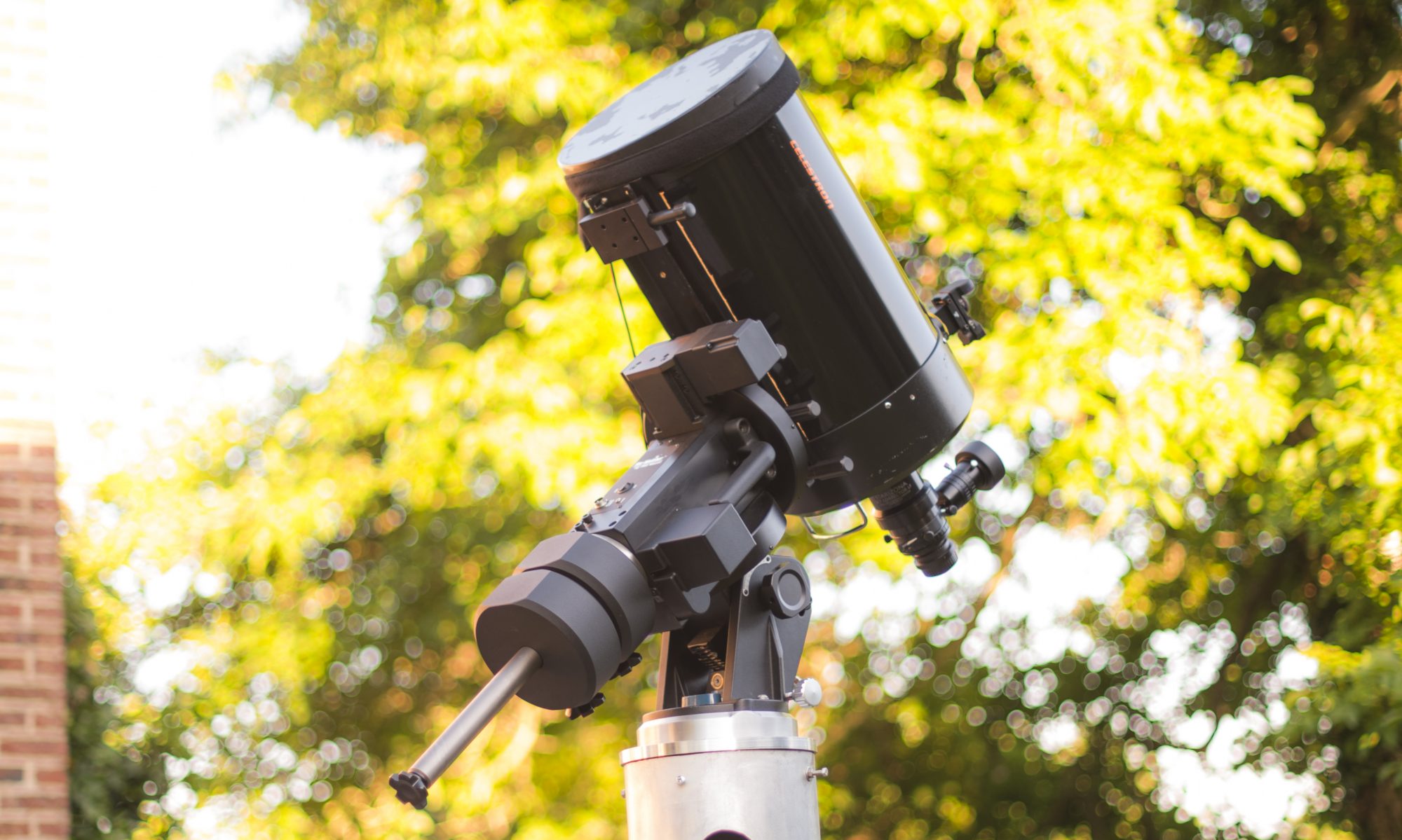The weather has been extremely dry and sunny the last months, which allowed for lots of clear nights.
This well-known “cigar” galaxy or M82 in Ursa Maior is taken at focal lenght F= 2800mm with the C14 telescope. Color version and monochrome version.
Not the best quality, but for sure some nice details.




